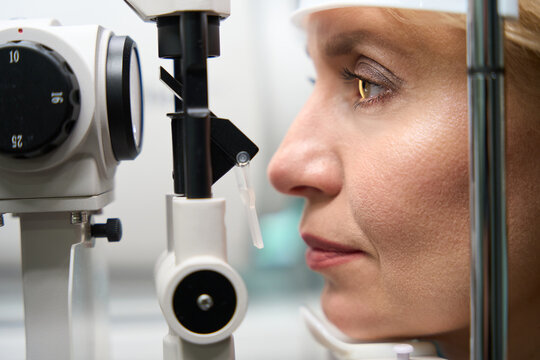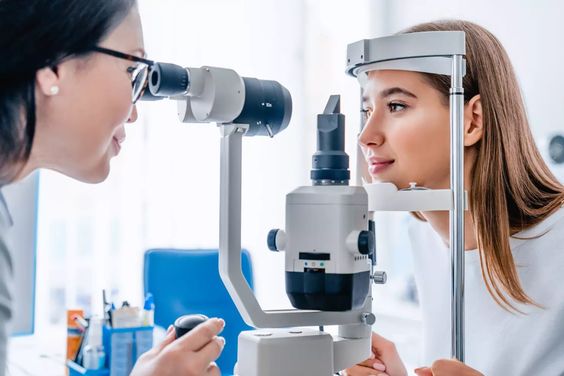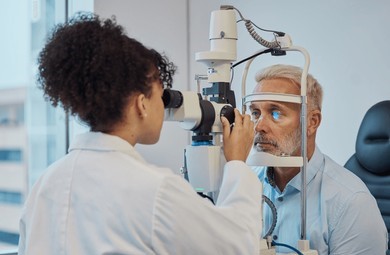The Importance Of Vision Testing: What You Need To Know
Vision is a critical sense that allows us to interact with and understand the world around us. While many people take their eyesight for granted, maintaining healthy vision is essential for our overall well-being and quality of life. Vision testing is a vital part of eye care, and regular screening can help detect vision problems early and prevent further complications. In this article, we will discuss the importance of vision testing, the types of tests available, and how regular eye exams can benefit you and your loved ones.
Why Vision Testing Matters
Vision testing is an essential aspect of preventive health care. It serves several purposes, including:
- Early Detection of Eye Conditions: Many eye diseases, such as glaucoma, cataracts, and macular degeneration, often develop without noticeable symptoms in their early stages. Regular vision testing can catch these conditions early, allowing for timely intervention and treatment to prevent vision loss.
- Assessment of Visual Acuity: Vision testing measures your ability to see clearly at different distances. This helps determine if you need corrective lenses, such as glasses or contact lenses, to improve your vision.
- Monitoring Changes in Vision: Vision testing helps track changes in your eyesight over time. This is particularly important for people who already wear corrective lenses or have known eye conditions, as it ensures their prescription remains up-to-date and effective.
- Detecting Systemic Health Issues: The eyes can provide valuable insights into your overall health. Conditions such as diabetes, hypertension, and autoimmune diseases can manifest signs in the eyes, which can be detected during a comprehensive eye exam.
- Improving Quality of Life: Clear vision is essential for performing daily tasks safely and efficiently. Whether it’s driving, reading, or working on a computer, vision testing ensures that your eyes are functioning optimally to support your activities.
Types of Vision Tests
Several types of vision tests assess different aspects of your eye health. Common tests include:
- Visual Acuity Test: This test measures how well you can see at different distances, typically using a Snellen chart with letters or symbols.
- Refraction Test: This test determines the lens power needed to correct your vision. It involves looking through a phoropter or autorefractor and choosing which lens provides the clearest vision.
- Slit-Lamp Examination: This test uses a special microscope with a bright light to examine the structures of the eye, including the cornea, lens, and retina, for signs of disease or abnormalities.
- Tonometry: This test measures the pressure inside your eye and is essential for diagnosing glaucoma. The test uses a puff of air or a special instrument to measure intraocular pressure.
- Visual Field Test: This test measures your peripheral vision and can help detect conditions such as glaucoma or retinal detachment.
- Retinal Examination: This test involves dilating the pupils to examine the retina and optic nerve for signs of damage or disease.
Who Should Get Vision Testing
Everyone can benefit from regular vision testing, but certain groups should prioritize eye exams:
- Children: Regular vision testing is crucial for children to ensure proper visual development. Undiagnosed vision problems can impact a child’s learning and development.
- Adults: Adults should have regular eye exams every one to two years, depending on age and risk factors such as family history, medical conditions, or occupational hazards.
- Seniors: As we age, the risk of eye diseases increases. Seniors should have annual eye exams to monitor their vision and catch any potential issues early.
- People with Preexisting Conditions: Individuals with diabetes, hypertension, or other chronic conditions should have regular eye exams, as these health issues can affect vision.
The Role of Technology in Vision Testing
Advancements in technology have revolutionized vision testing, making it more efficient and accessible:
- Telehealth: Remote vision testing and consultations are becoming more common, allowing people to access eye care from the comfort of their homes.
- AI and Machine Learning: Artificial intelligence and machine learning algorithms are being used to analyze images of the eye and identify potential issues, such as diabetic retinopathy or glaucoma, with high accuracy.
- Portable Devices: Portable devices and mobile apps enable vision testing in remote areas or for individuals who may have difficulty visiting an eye care professional.
How to Prepare for a Vision Test
To get the most out of your vision test, consider the following tips:
- Bring Your Prescription: If you already wear glasses or contact lenses, bring your current prescription to your exam.
- Prepare a List of Questions: Write down any questions you have about your vision or eye health.
- Share Your Medical History: Inform your eye care professional about any medical conditions, medications, or family history of eye diseases.
- Be Open About Symptoms: If you experience any changes in your vision or discomfort, be sure to discuss them with your eye care professional.
Conclusion
Regular vision testing is essential for maintaining healthy eyesight and ensuring early detection of potential eye problems. By staying proactive about your eye health and keeping up with recommended eye exams, you can protect your vision and enjoy a better quality of life. Don’t wait until you notice symptoms—schedule a vision test today to safeguard your eyesight for the future.
For any further queries, Plz visit drvivekgarg. in







